Discovering objects from other solar system is only on the rise and will continue to be with the introduction of new telescopes
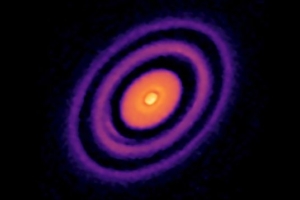 Solar System
Solar System

 Solar System
Solar System
Discovering objects from other solar system is only on the rise and will continue to be with the introduction of new telescopes
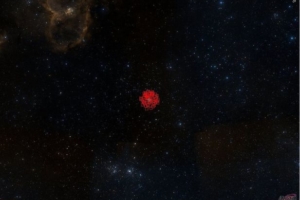 Astronomy
Astronomy
Comet C/2019 Q4 gained a lot of attention when astronomers identified it as the second interstellar object ever discovered
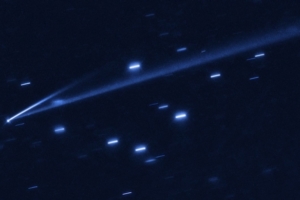 Solar System
Solar System
The asteroid is likely shedding reddish dust, revealing a fresh, blue surface beneath
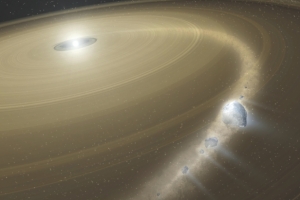 Solar System
Solar System
What is the longest-period comet we know about?
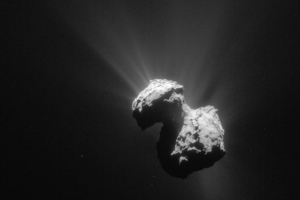 Space Exploration
Space Exploration
Comets are a valuable source of breathable oxygen in the vast vacuum of space, and astronomers want to utilise that for future human space exploration
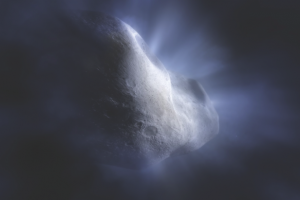 Deep Space
Deep Space
We take a look at how these ‘dirty snowballs’ are made
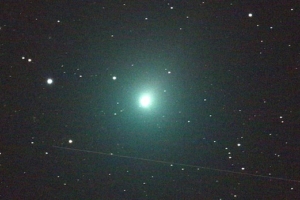 Astronomy
Astronomy
On 16 Sunday December, comet 46P/Wirtanen will make one of the 10 closest approaches of Earth in 70 years – and you may even be able to see it without a telescope
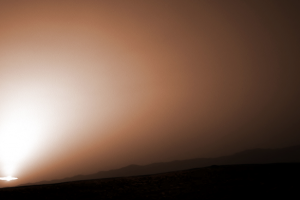 Astronomy
Astronomy
We find out what you’d be able to see if you were a Martian stargazer
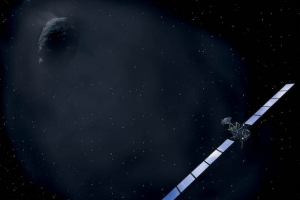 Space Exploration
Space Exploration
Sophie Allan at the National Space Centre looks at whether astronauts can land on the surface of comets – our Solar System’s travelling space snowballs
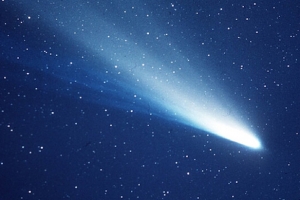 Solar System
Solar System
We find out the type of route a comet takes through the solar neighbourhood
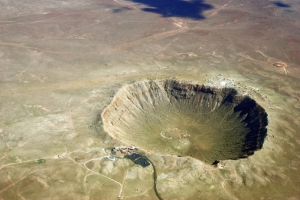 Solar System
Solar System
How do space rocks make such large dents in celestial bodies?
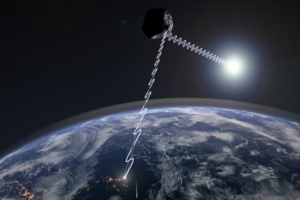 Solar System
Solar System
The light reflected from the surface of the new-Earth asteroid is much different from what astronomers previously thought
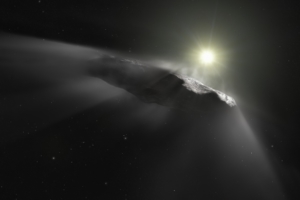 Solar System
Solar System
New results indicate interstellar nomad `Oumuamua is a comet and not an asteroid
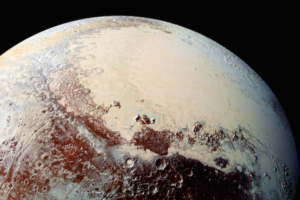 Solar System
Solar System
New research into the formation of Pluto explores the idea that the dwarf planet was originally formed from ancient comets
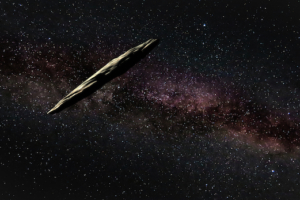 Solar System
Solar System
“This thing is an oddball,” says Karen Meech of the University of Hawaii’s Institute for Astronomy who leads an international team studying this interstellar interloper
 Solar System
Solar System
NASA’s Mars Odyssey orbiter has gained its first look at the moon, pursuing a deeper understanding by examining it in infrared wavelengths
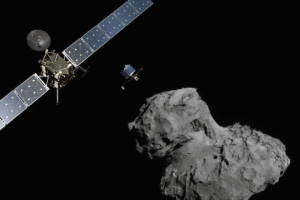 Solar System
Solar System
There was one last surprise in store for the camera team, who managed to reconstruct the final telemetry packets into a sharp shot
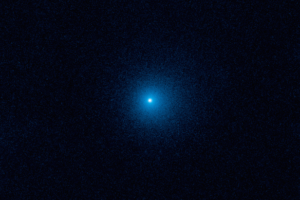 Solar System
Solar System
This frozen traveller shows the earliest signs of activity
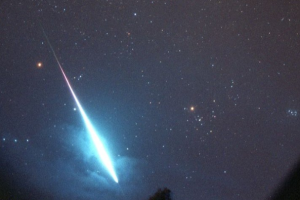 Astronomy
Astronomy
Be prepared for the return of the Orionids as they reach their peak
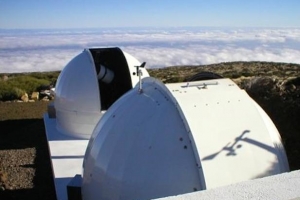 News
News
The icy object had been close to the Sun since its discovery on 11 September, making it extremely difficult to observe